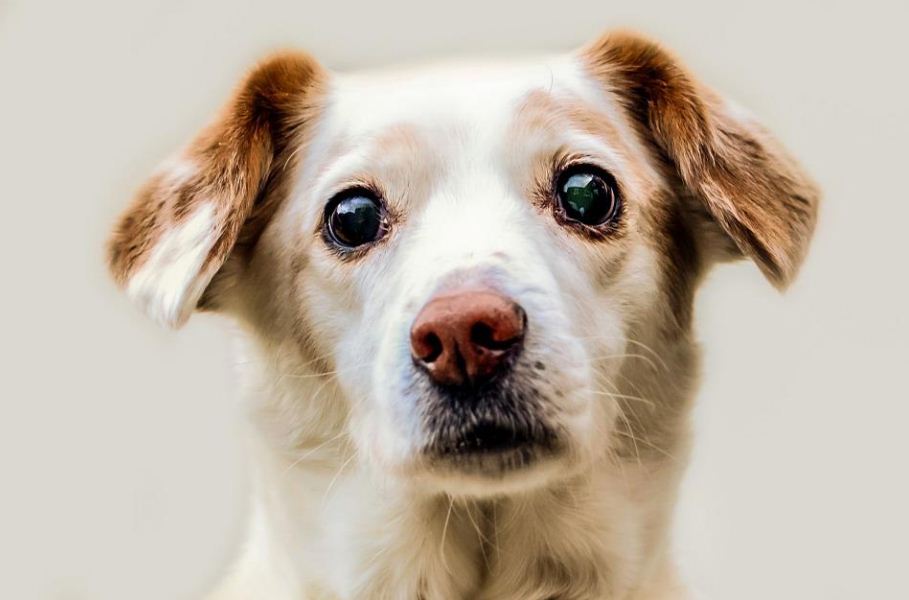Why do human beings form such close bonds with dogs but not their close cousins wolves? That’s because dogs can express through their faces in ways similar to human beings.
A new research that analyses key anatomical features that make dogs’ faces so appealing has found that dogs have evolved to develop face muscles similar to human beings to deepen their interaction with humans.
The structure of muscles in a dog’s face mirrors human facial muscles, indicating that the domestication process in dogs also involved selection for rapid facial movement, similar to the movement seen in human faces.
“Dogs are unique from other mammals in their reciprocated bond with humans which can be demonstrated though mutual gaze, something we do not observe between humans and other domesticated mammals such as horses or cats,” said Anne Burrows, PhD, professor in the department of physical therapy at Rangos School of Health Sciences at Duquesne University in Pittsburgh, the study’s senior author, in a statement. “Our preliminary findings provide a deeper understanding of the role facial expressions play in dog-human interactions and communication.”
The research was designed to assess differential distribution of slow-twitch and fast-twitch myosin fibers in select facial muscles of dogs and wolves. Researchers tested the hypothesis that dog facial muscle physiology would be more similar to humans than to wolves in terms of myosin fiber type distribution.
Percentage of fast-twitch fibers in dog samples ranged from 66%-95% and wolves averaged around 25%. Slow-twitch fiber percentages in dogs averaged only 10% while wolves averaged 29%.
Higher proportion of fast-twitch muscle fibers in dogs allows them to communicate through their faces similar to the way human beings do.
Having more fast-twitch fibers allows greater facial mobility and faster muscle movement, enabling small movements such as a raised eyebrow and the short, powerful muscle contractions involved in barking.
“These differences suggest that having faster muscle fibers contributes to a dog’s ability to communicate effectively with people,” said Burrows, the study’s senior author. “Throughout the domestication process, humans may have bred dogs selectively based on facial expressions that were similar to their own, and over time dog muscles could have evolved to become ‘faster,’ further benefiting communication between dogs and humans.”
In previous research, the researchers discovered that dogs have an additional mimetic muscle that is absent in wolves and contributes to the “puppy-dog eye” expression.
“Behavioral data, collected from dogs and wolves, show that dogs produce the eyebrow movement significantly more often and with higher intensity than wolves do, with highest-intensity movements produced exclusively by dogs. Interestingly, this movement increases paedomorphism and resembles an expression that humans produce when sad, so its production in dogs may trigger a nurturing response in humans. We hypothesize that dogs with expressive eyebrows had a selection advantage and that “puppy dog eyes” are the result of selection based on humans’ preferences,” the researchers said in the previous research.









Comments
NOTE: The North Shore Daily Post welcomes your opinions and comments. We do not allow personal attacks, offensive language or unsubstantiated allegations. We reserve the right to edit comments for length, style, legality and taste and reproduce them in print, electronic or otherwise. For further information, please contact the editor or publisher, or see our Terms and Conditions.